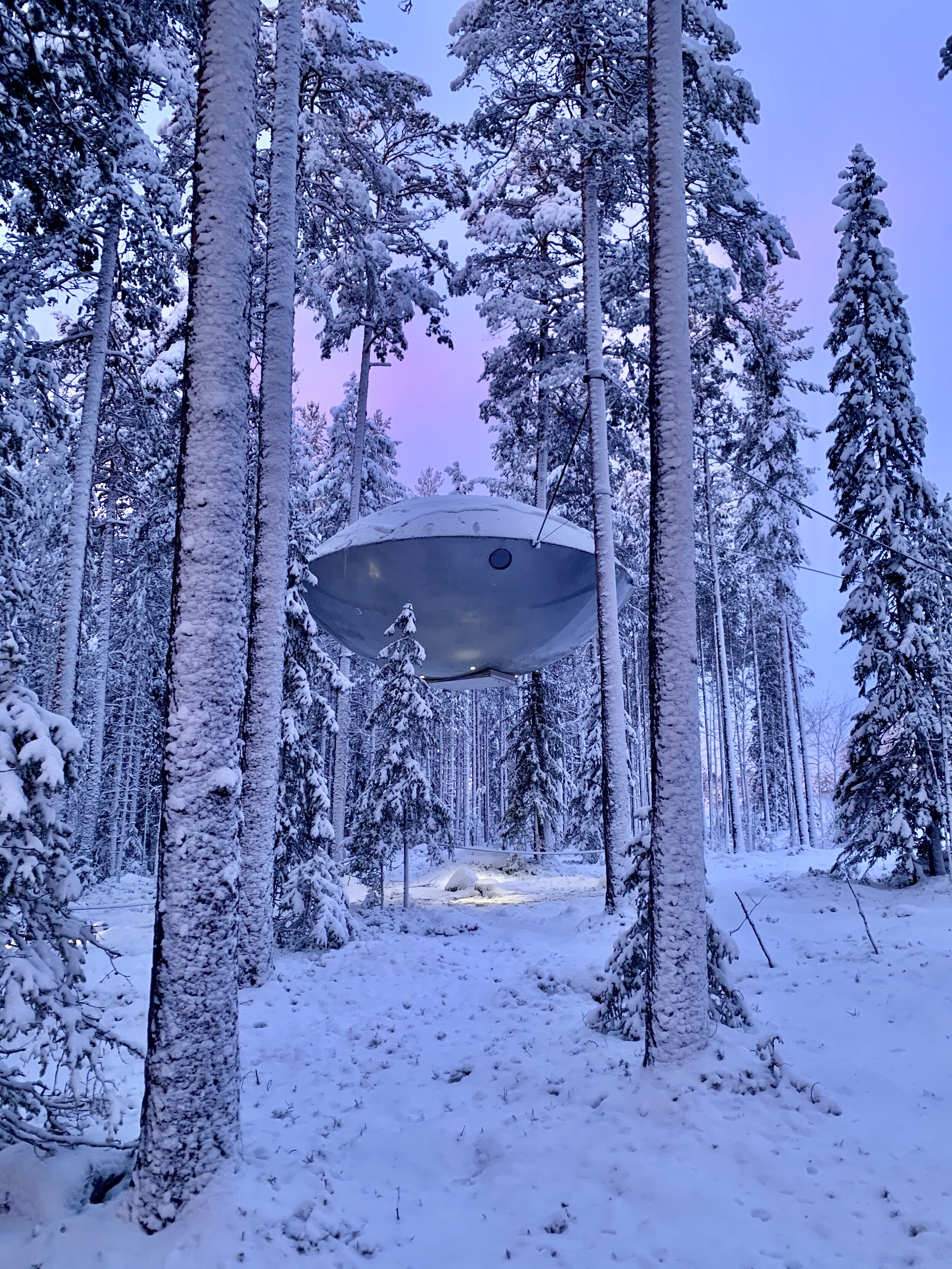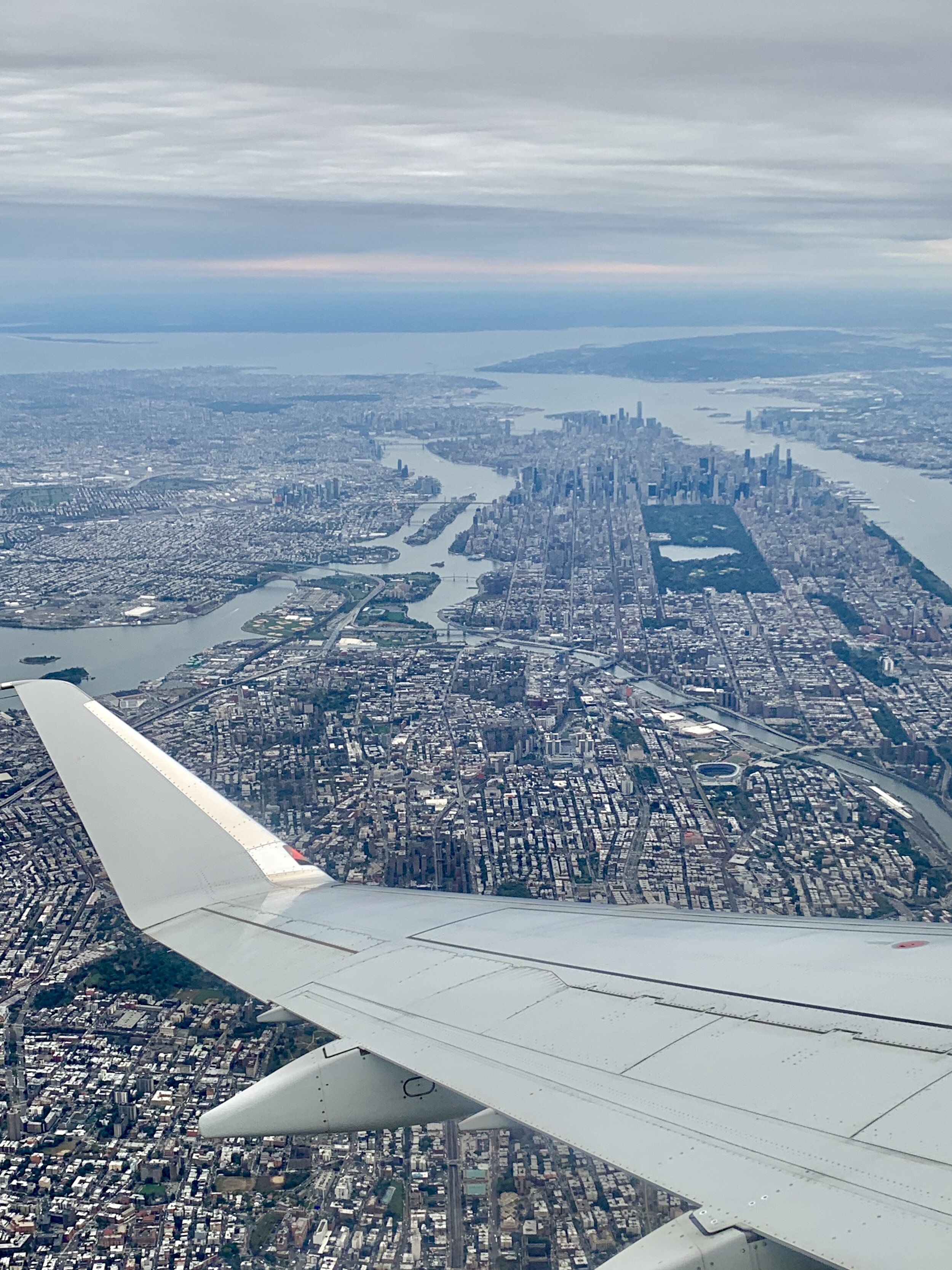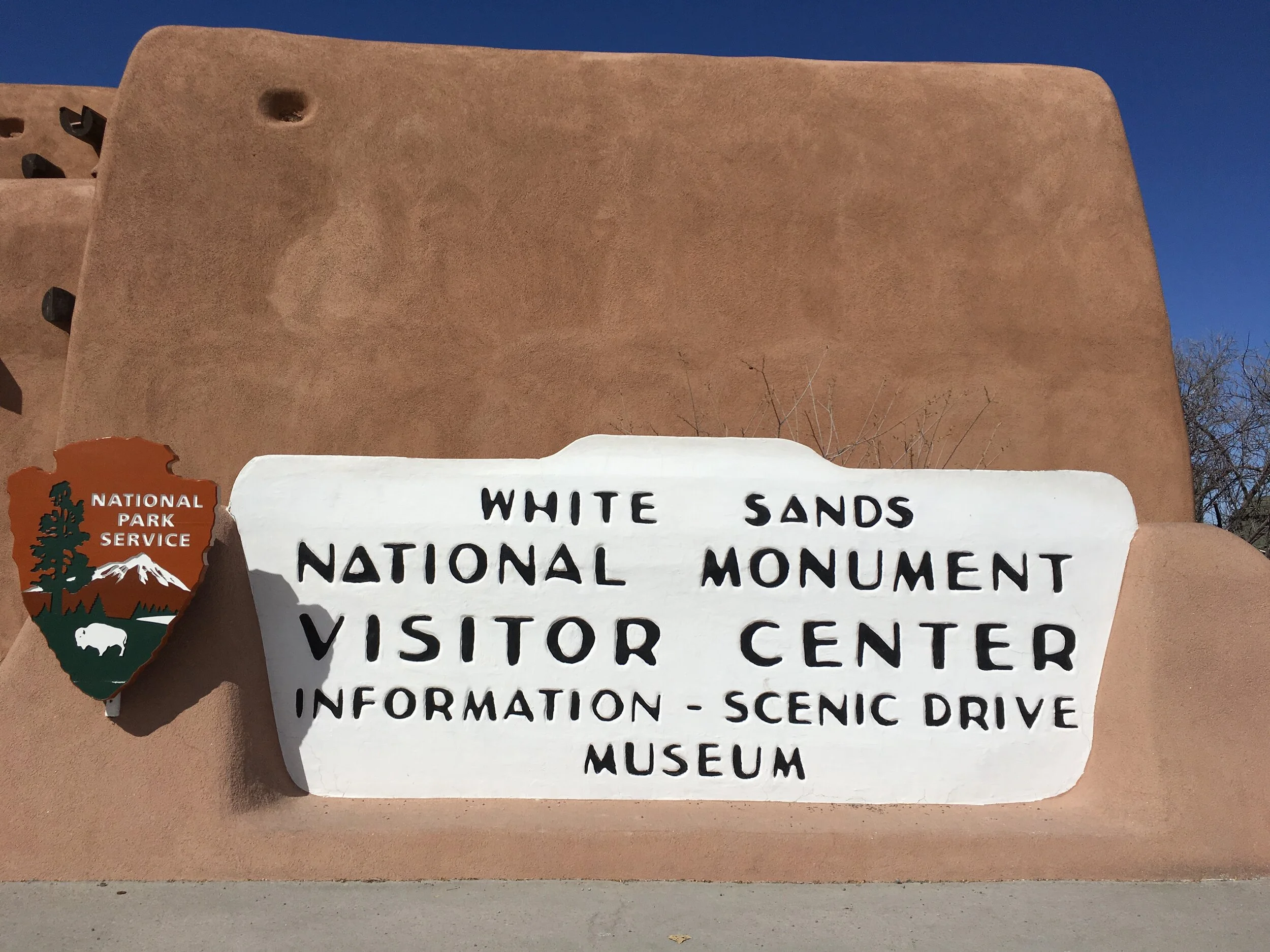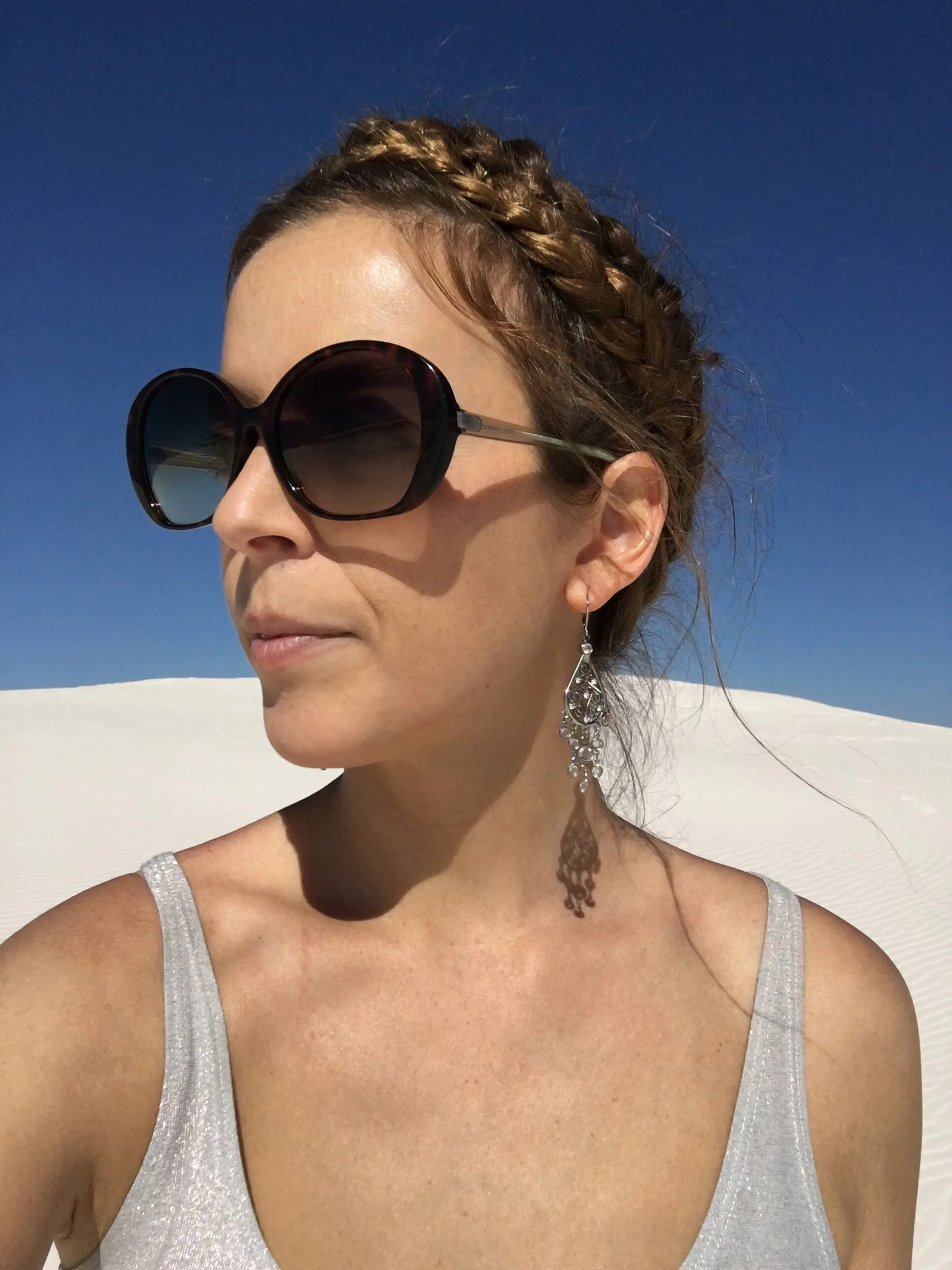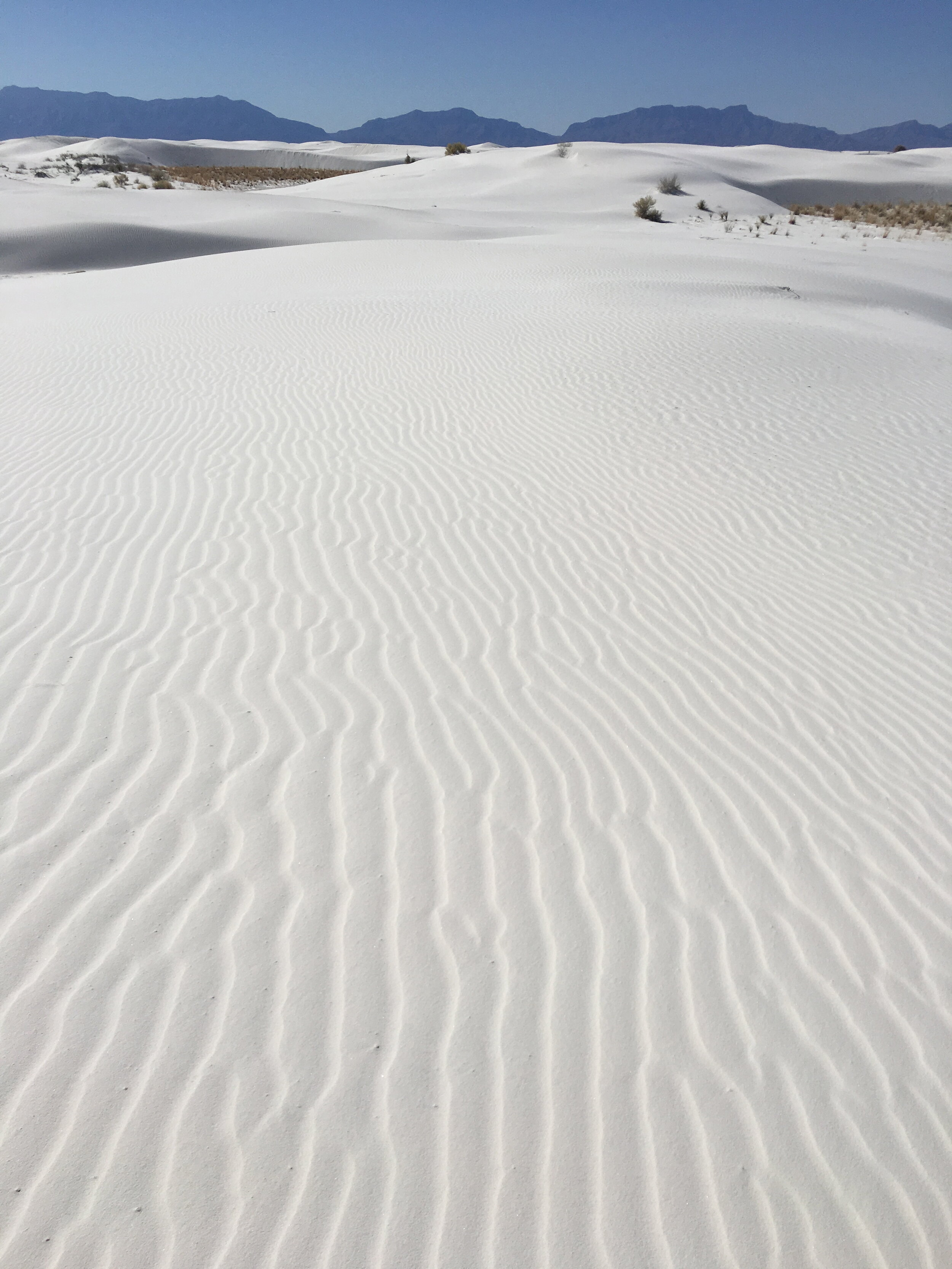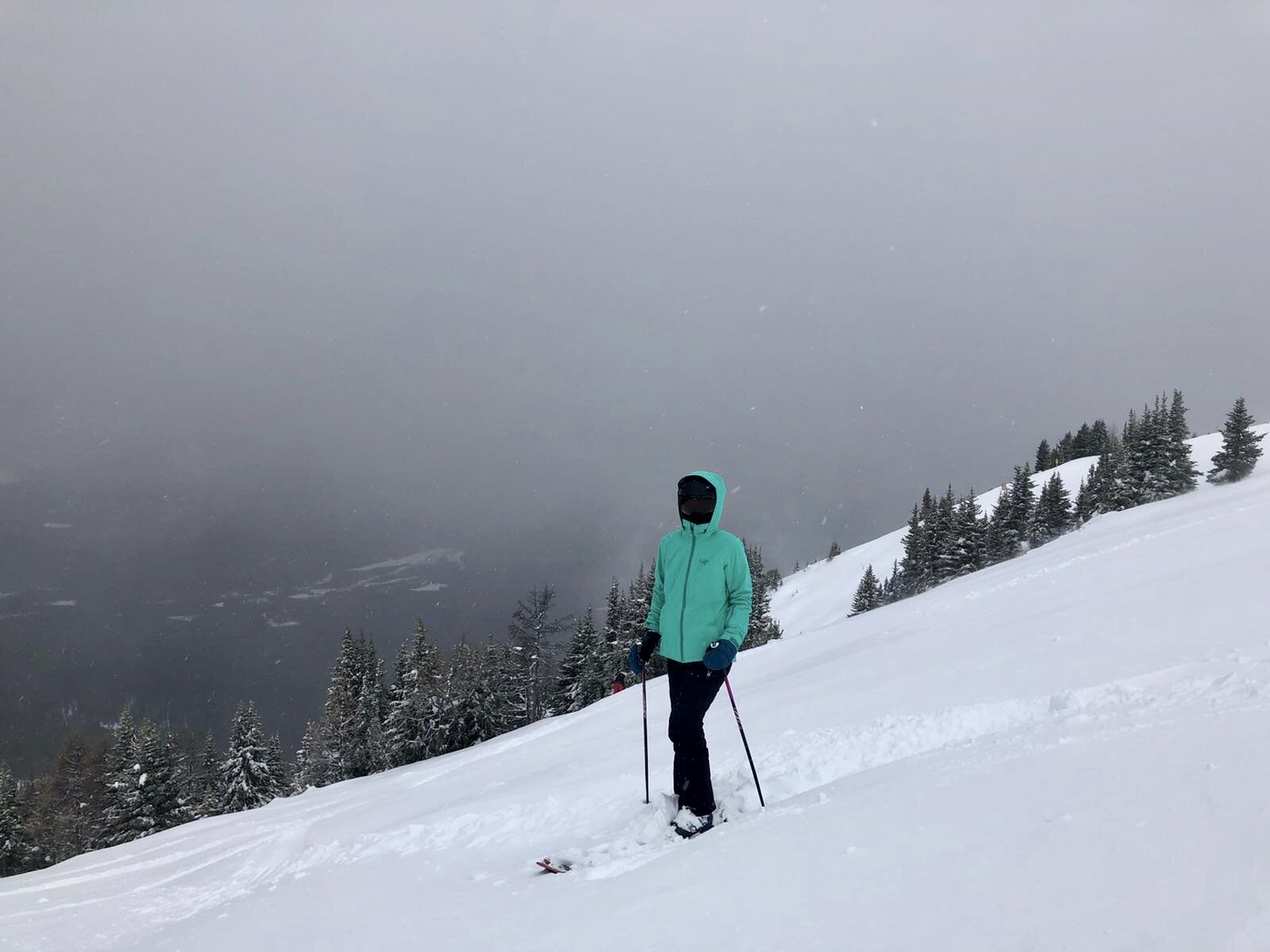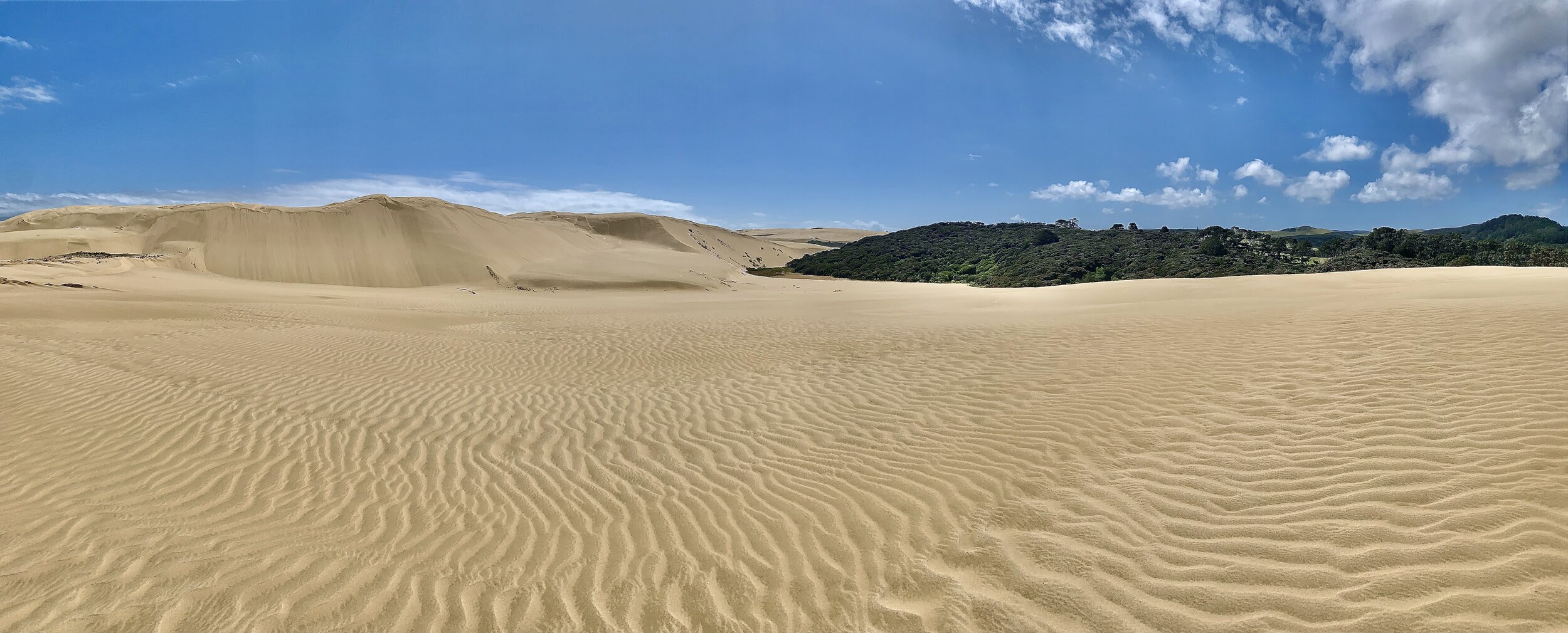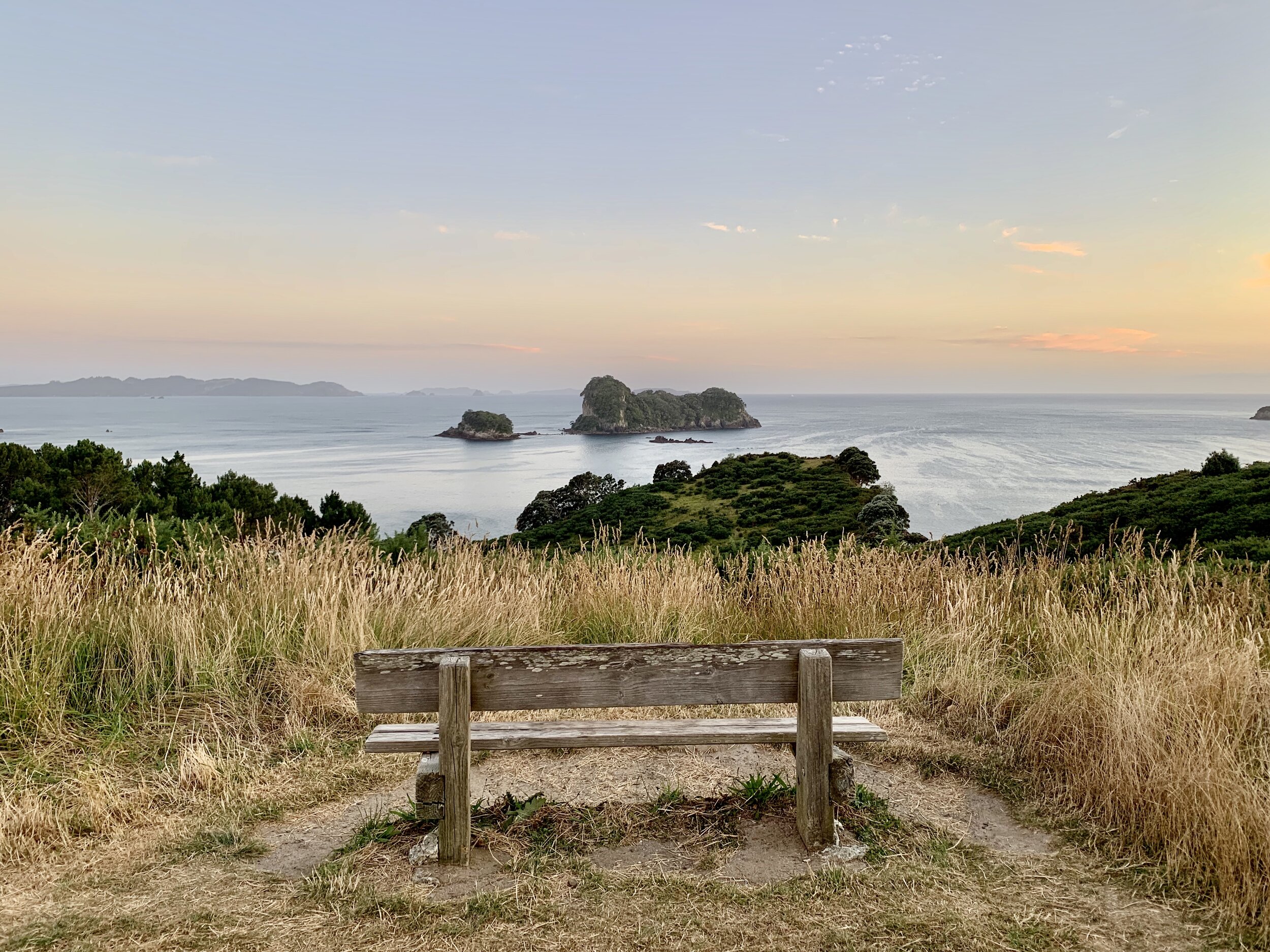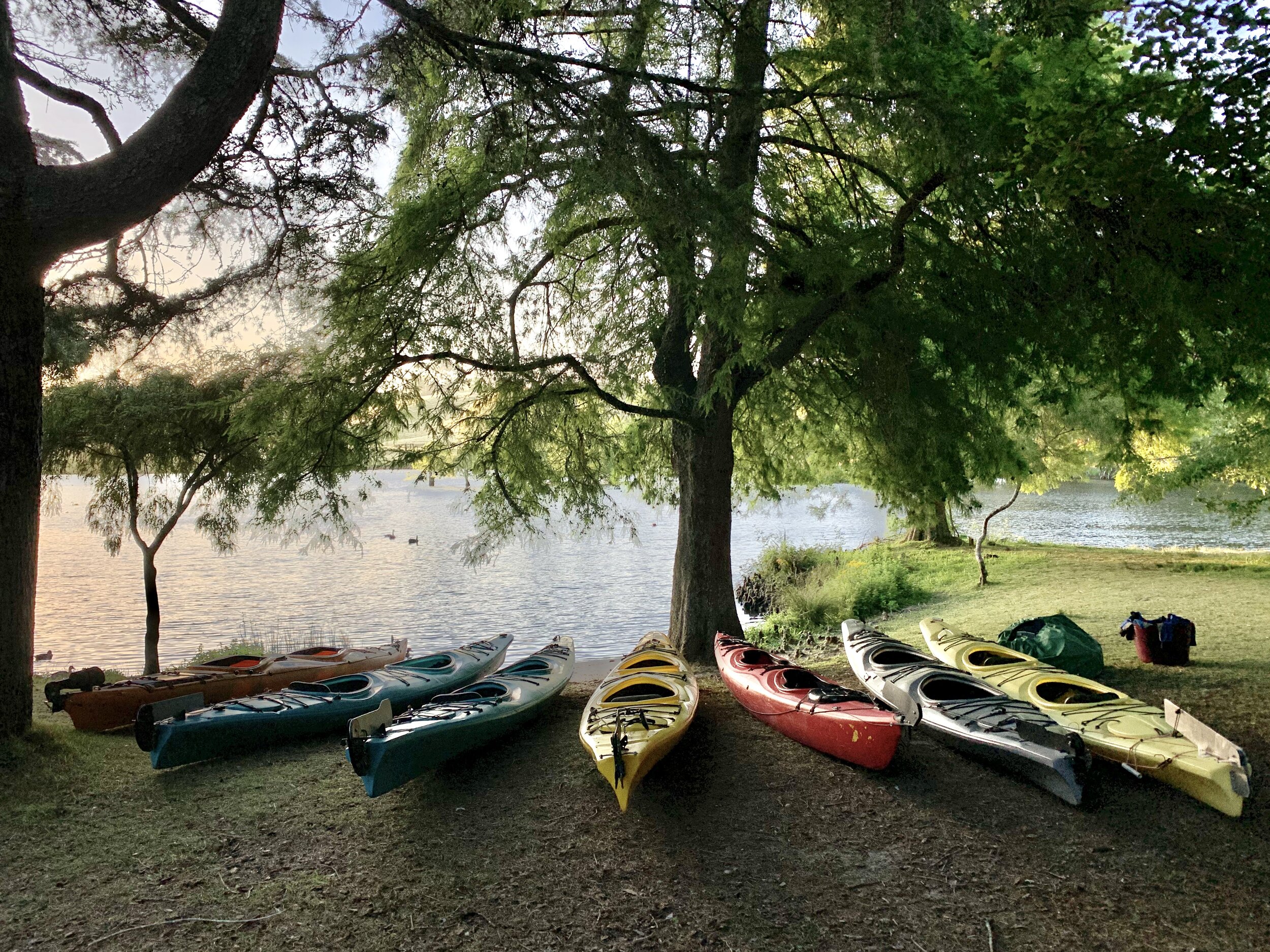Few experiences compare to the magic of watching the ever-shifting greens, purples, and pinks of the aurora borealis (or australis in the southern hemisphere) dancing above you in the night sky. While I was lucky enough to witness the aurora in Finland a few years back, I was eager for more. I spent several weeks in northern Sweden during the winter, getting to know remote northern towns and people, incorporating skiing, hiking, and great meals along the way.
Flying over northern Sweden into Lapland
While the lights are active year round, they are best seen in the early fall or spring in the northern hemisphere (September-November or February-April) on a clear night between 65° and 72° North. Some of the most popular places for viewing include Alaska, Canada, Greenland, the Faroe Islands, Iceland, Norway, Sweden, and Finland. There is of course no guarantee, and sometimes the lights may appear for just a few minutes, while at others you may be lucky enough to see them for hours. Ideally, you’ll want to be outside of any urban areas to avoid light pollution.
Ice skaters on the frozen lake near Puoltsa, Sweden
I flew to Kiruna in northern Sweden from Stockholm in early November and rented a car at the airport. The flight there was magical in itself, as we passed numerous frozen lakes and rivers snaking their way through the countryside. For the first few nights, I stayed at a cabin rented by a local family in the small village of Puoltsa overlooking a lake on which you can ice skate in winter. There are a few nearby walking trails, and on three nights, I saw the northern lights from right next to the cabin. It was an otherworldly experience to see the sun rise around 9am and set in the early afternoon, with many hours of a golden twilight both before and after. A few hours after it became fully dark, around 10pm, the lights made their appearance, ebbing and waning as they swirled through the sky.
The aurora and stars viewed from my cabin [shot on iPhone]
Winter views of Kebnekaise, Sweden
Reindeer at Arctic Gourmet Cabin
From Puoltsa, you can drive to the end of the road at Nikkaluokta, from where a number of hiking trails start, including views of Kebnekaise, Sweden’s highest peak. Be sure to buy any supplies you may need before leaving Kiruna, as there are no markets in this area. Another place to stay is the Arctic Gourmet Cabin, run by a small family, featuring an outdoor hot tub and a wood-fired sauna. Over dinner one evening, I got to know a local couple who were treating themselves to a night out, as Johan Löfgren, our host and chef extraordinaire, served us a fantastic set of courses sourced locally. Standouts included reindeer roasted over an outdoor fire paired with mushrooms and a vegetable puree as well as moose with coffee cheese (a Swedish specialty) that would not have been out of place in a high-end restaurant. Afterwards, I stargazed from the hot tub, searching for a glimpse of the aurora.
Another evening, I stopped off for dinner at the nearby Icehotel in Jukkasjärvi, where I sampled Kalix roe (harvested from the freshwater fish vendace, found in local lakes) on rye bread and a poached, buttery-textured arctic char fillet. Many of the guests were staying at the hotel in rooms made entirely of ice (rebuilt every fall), a fun albeit pricey novelty. Just down the road, you can learn about the indigenous Sámi culture and go reindeer sledding at Nutti Sámi Siida.
Gällivare, a village en route to Jokkmokk
Lake Vajkijaure near Jokkmokk, Sweden
Venturing south from Kiruna, I stayed for a couple of nights just north of Jokkmokk, a sizeable town with a few hotels and restaurants. I woke up each morning to walk along the frozen, snow-covered lake Vajkijaure bathed in various shades of blue, yellow and pink in frigid, face-freezing -15C temperatures. I picked up some Kalix and rainbow trout roes as well as reindeer at the Jokkmokk sausage and smokehouse, which also carries some local handicrafts.
My cabin at the Arctic Bath Hotel, Sweden
From Jokkmokk, I continued towards my splurge of the trip: a night at the newly opened Arctic Bath hotel. Featuring just five overwater cabins and three larger land cabins, I felt any worried thoughts of meetings and to do lists dissipate as I fell into the calming rhythms of the place. I stayed at one of the water cabins and loved every minute. After checking in, I was gifted a bathing suit and robe and escorted along the pathway over snow-covered ice to my cabin, featuring a wraparound wooden deck. Inside, the cabin had an automatic wood fireplace that chirped soothingly as it dropped in extra pieces of wood until the cabin was heated to the desired temperature. I walked over to the main building for the afternoon’s complimentary introduction to the array of saunas, hot tubs, and arctic plunge pool included in each stay. The session was led by Ana, a transplant from Brasil who had me relaxed in no time as she demonstrated exercises to try in one of the lemongrass-scented wood-fired saunas. Together, we took turns absorbing the heat emanating from the slow crackle of the sauna followed by the intensely contrasting, skin-awakening sensation of jumping into the winter waters of the river on which the hotel lies (a motor keeps the waterhole swirling so that it does not freeze over). After a few rounds of this, I spent some time in the steam sauna, and finished in the outdoor hot tub overlooking the river. Having worked up an appetite, I made my way to the dining room for dinner, where I was treated to a creatively presented and stunningly tasty set of courses. The traditional Swedish dish of reindeer with lingonberries and mashed potatoes was both juicy and crunchy, and I asked for seconds of the in-house smoked butter and rye bread. I slept soundly that night wrapped in incredibly comfortable bedding, and I woke up the next morning ready for more adventure.
One of the saunas at the Arctic Bath Hotel
The arctic plunge at the Arctic Bath Hotel
The ever-present fall twilight in northern Sweden
Where to eat, drink, and stay
Jokkmokk sausage & smokehouse (gourmet market with local products)
Arctic Gourmet Cabin, Kaalasjärvi
Arctic Bath Hotel, Harads
Nearby is the not-to-be-missed Tree Hotel, designed by some of the same architects as the Arctic Bath Hotel, featuring a dozen unique cabins made of different materials. One resembles a bird’s nest; another, shaped as a flying saucer, looks ready for takeoff. While I didn’t get the chance to stay there, I hope to revisit it on a future trip.
UFO cabin at the Tree Hotel
Bird’s nest cabin at the Tree Hotel



![The aurora and stars viewed from my cabin [shot on iPhone]](https://images.squarespace-cdn.com/content/v1/5a020cfa12abd9ddf9c67581/1632182095567-K8FWNFM32N8O7BUX88EX/Vanessathenomad-Sweden-lapland-aurora.jpg)








